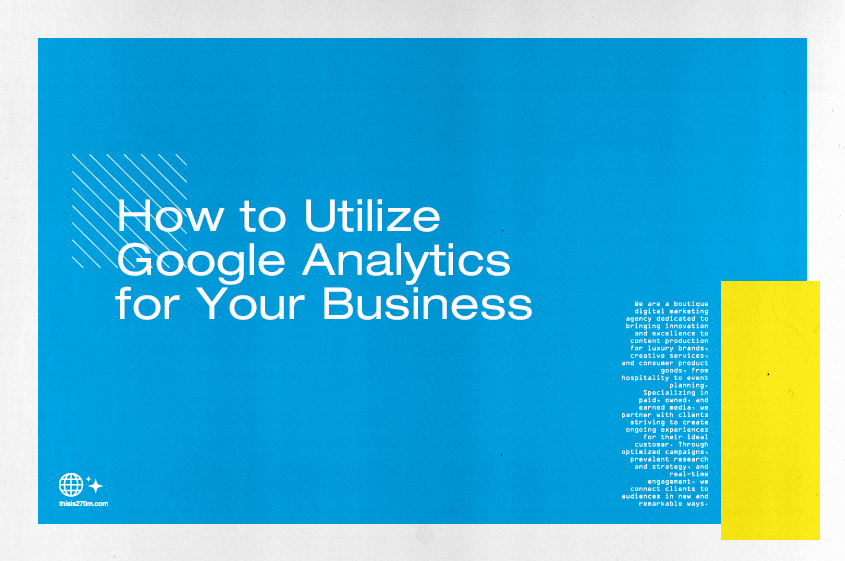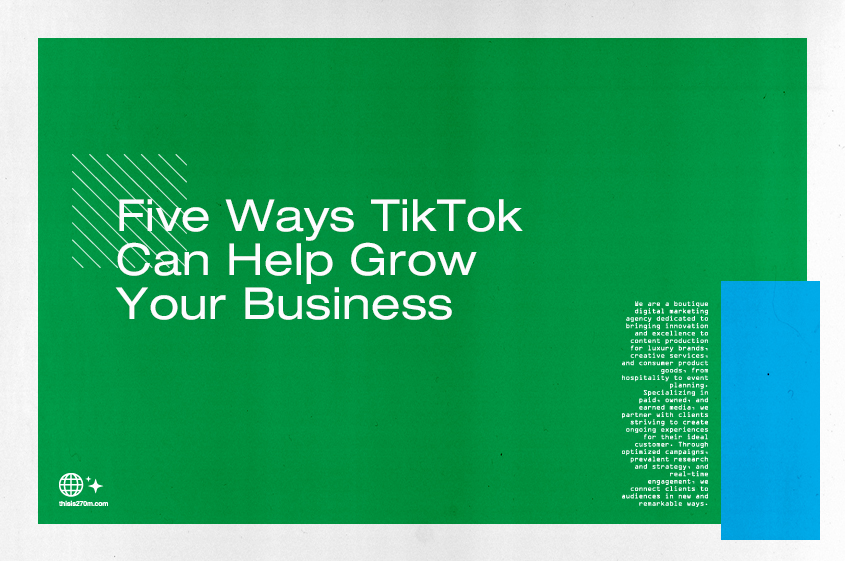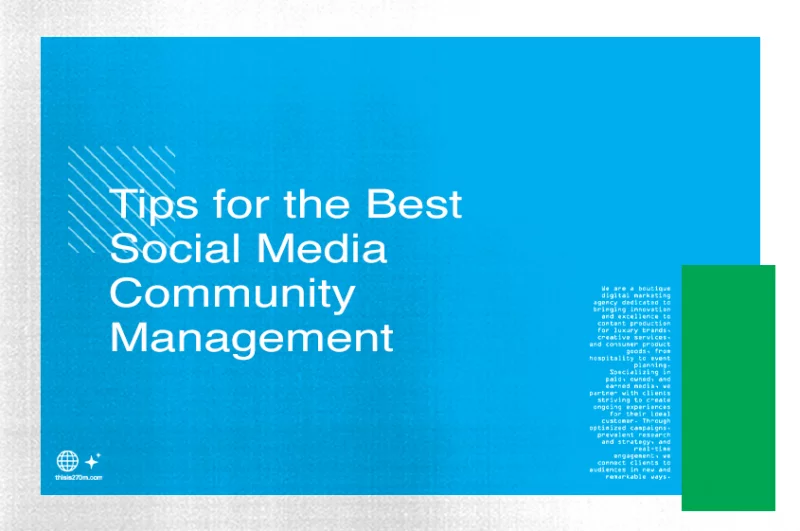FTC Announces Final Rule to Deter Fake Reviews/Testimonials
AI’s ever-evolving capabilities has led the Federal Trade Commission to place more harsh rules on fake reviews posted to public platforms such as Google and Yelp. There final rule on this topic also prohibits the sale or purchase of fake reviews/testimonials and allows the agency to seek civil penalties against knowing violators.
Read the FTC’s Official Statement
This Rule was finalized on August 14, 2024 with an expectation to go into effect 60 days later around early to mid October 2024.
To protect honest businesses and small businesses, the Rule prohibits:
Fake or False Reviews/Testimonials- The primary goal of the Rule is to dissuade and punish the false reviews generated by AI or individuals that did not have real experiences with the products or services of the business, misrepresent the reviewer’s identity, or misrepresent real customer experiences.
The Purchase of Positive and Negative Reviews- Businesses cannot pay for or provide other incentives to elicit positive or negative reviews from a consumer. However, reviews can be left under the condition that compensative or incentives are expressly conveyed in the review.
Insider Reviews and Testimonials- The rule prohibits written reviews from company insiders, such as officers, managers, etc. that do not disclose said information. There are also requirements and restrictions in place regarding soliciting reviews from immediate relatives of employees.
Company-Controlled Review Websites- Businesses cannot claim that a website that they manage provides impartial reviews or opinions on their own products or services.
Review Suppression- Businesses or persons within the business cannot use unfounded or groundless intimidation, including legal action or physical violence, to prevent or remove negative customer reviews.
False Social Media Indicators- The last category of the final rule prohibits the purchase of false key indicators on social media, such as followers and views.
Read the Full Final Rule for Specifics
Key Takeaways
The goal of the Final Rule is to protect honest businesses and customers. Fake negative reviews can be a major deterrent for customers to make purchases from an otherwise reputable businesses. Fake positive reviews can lead customers to purchase faulty, defective, or even dangerous products that are not properly advertised or regulated.
Businesses that have been subject to fake negative reviews will start seeing a stronger enforcement of these prohibitions in the coming days.



